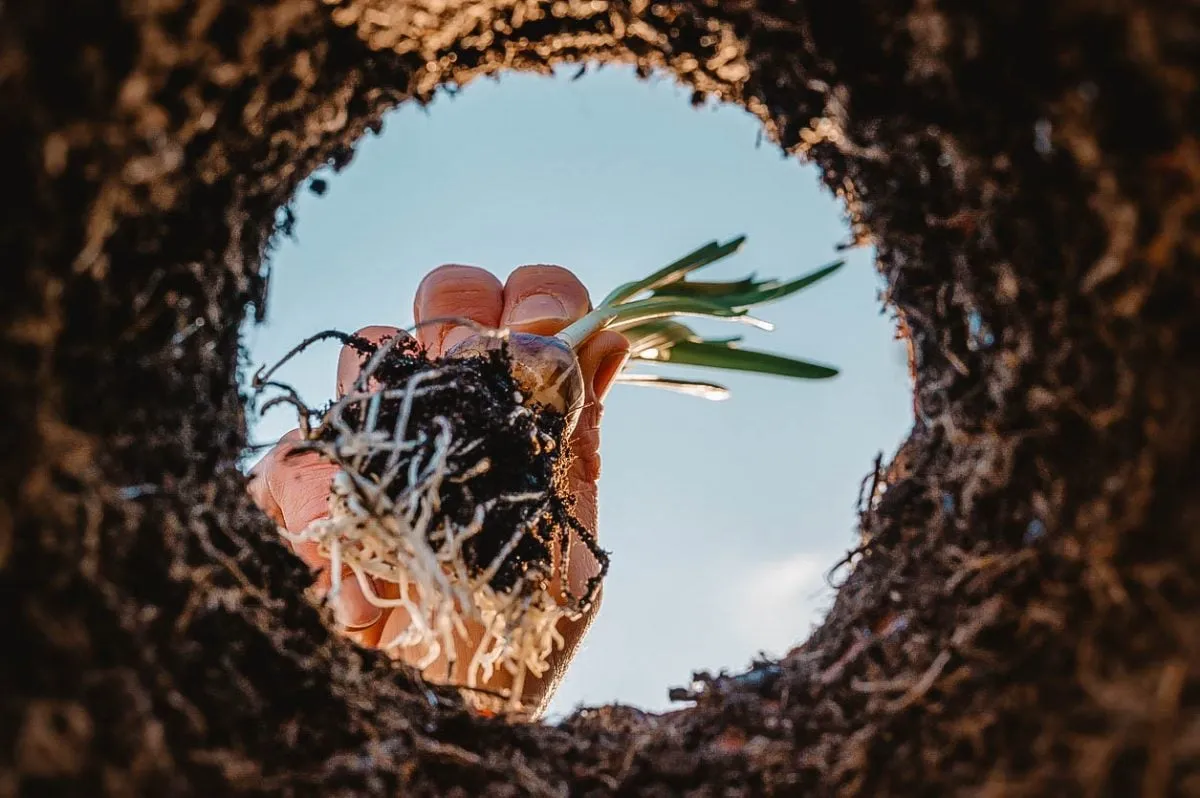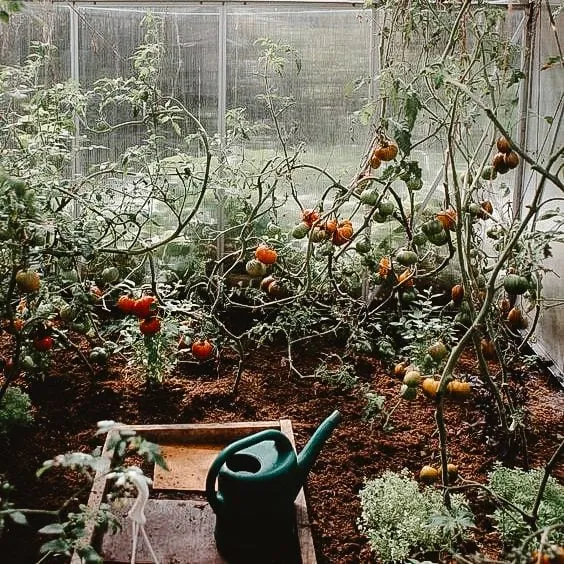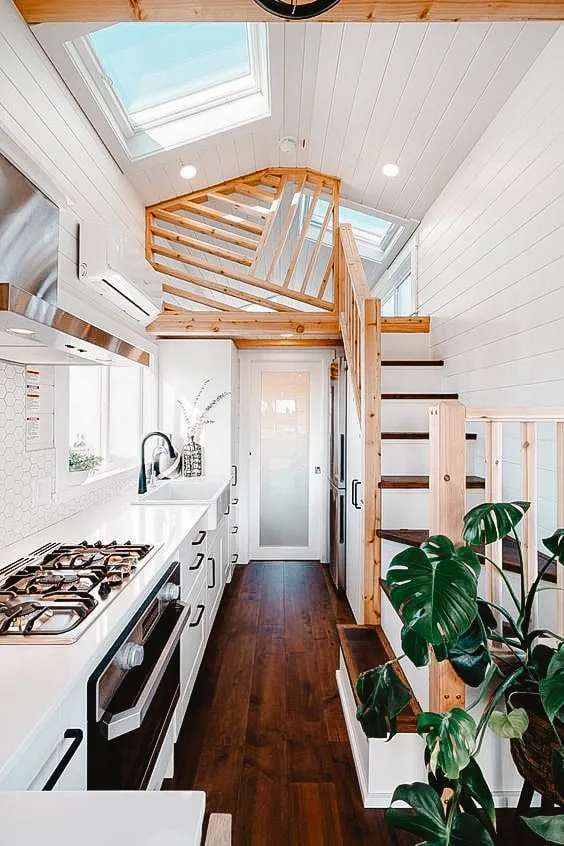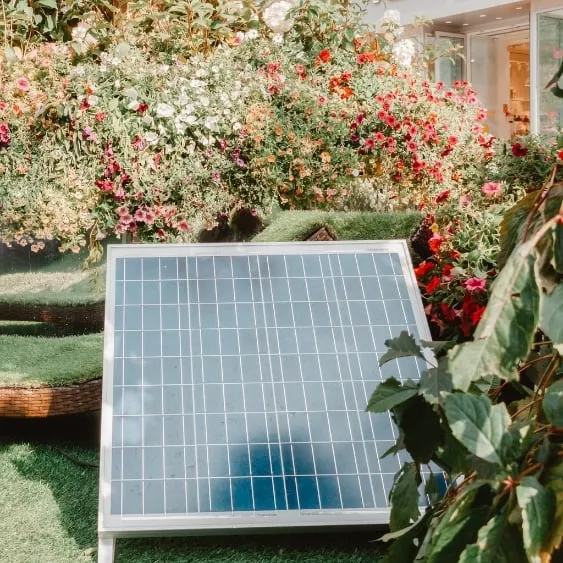Greenhouse
Guide to Self-Sufficiency: Home & Energy
Embrace a self-sufficient lifestyle with home gardening, tiny houses, and solar energy. Discover sustainable living solutions and enjoy a more fulfilling life.

Introduction
Embracing self-sufficiency is a rewarding journey that offers a deeper connection to the environment and a sense of accomplishment. Whether you’re cultivating your own food, reducing your ecological footprint, or generating your own energy, every step towards self-sufficiency is a step towards a more sustainable future. In this guide, we’ll explore how you can grow your own food, enjoy the benefits of tiny houses, and harness solar energy to create a self-reliant lifestyle.
Home Cultivation: Grow Your Own Food
Germination, indoor mini-greenhouses, balcony vegetable plants, traditional gardens, and even aquaponics are some of the many alternatives for home cultivation. The idea of biting into a crispy carrot or making a salad from the leaves you picked from your backyard is quite appealing!
Starting Your Garden
- Indoor Mini-Greenhouses: Perfect for those with limited space, these small structures allow you to start your plants indoors before transplanting them outside. They are particularly useful in colder climates like Quebec.
- Balcony Vegetable Plants: If you live in an urban area, balcony gardening can be a fantastic way to grow herbs, tomatoes, and other small vegetables.
Building a Durable Foundation
Make sure that your structure is resistant to the freeze-thaw phenomenon in Quebec by choosing a screw pile foundation. Screw piles offer a stable and long-lasting solution, ensuring that your greenhouse or garden structure stands firm against the elements.
For more insights on screw pile foundations and their benefits, visit our detailed guide on screw piles at Postech Piles.

Tiny Houses: Minimal Living, Maximum Impact
Tiny houses are great for reducing your ecological footprint, as they use fewer building materials and require less energy due to their small size. They are now more charming than ever and equipped with more ingenious storage spaces. In addition, they are mobile if you ever decide to choose a model on wheels.
The Benefits of Tiny House Living
- Eco-Friendly: With their smaller footprint, tiny houses use fewer resources, making them an eco-friendly choice.
- Cost-Effective: Reduced energy consumption and lower construction costs make tiny houses a financially smart option.
- Flexibility: The mobility of tiny houses on wheels allows you to relocate easily, offering flexibility in living arrangements.
Secure Your Tiny House with Screw Pile Foundations
If you decide to install your mini-house in a more remote location, a screw pile foundation would be an ideal option for you. These foundations provide stability and durability, ensuring your home remains secure.

Solar Energy: The Power of the Future
If you want to contemplate a clean and autonomous energy system, solar panels are the perfect solution to have a self-sufficient lifestyle. They can provide all the electricity needed once you’ve put them in the optimal spot.
Benefits of Solar Energy
- Renewable: Solar energy is a renewable resource, making it a sustainable choice for energy production.
- Cost Savings: Over time, solar panels can significantly reduce electricity bills, offering long-term savings.
- Energy Independence: By generating your own power, you gain independence from traditional energy sources.
Installing Solar Panels on Screw Piles
If you elect for solar energy, installing your panels on piles will ensure efficiency, strength, and durability. Screw piles offer a reliable foundation for solar panels, allowing them to withstand harsh weather conditions and maintain optimal performance.

Conclusion
Achieving self-sufficiency is not only about growing your own food or living in a tiny house; it’s about creating a lifestyle that aligns with your values and goals. By embracing home cultivation, tiny houses, and solar energy, you can enjoy a more sustainable and fulfilling life.
For more resources and inspiration on sustainable living, visit Postech Piles and explore our extensive collection of guides and articles.


